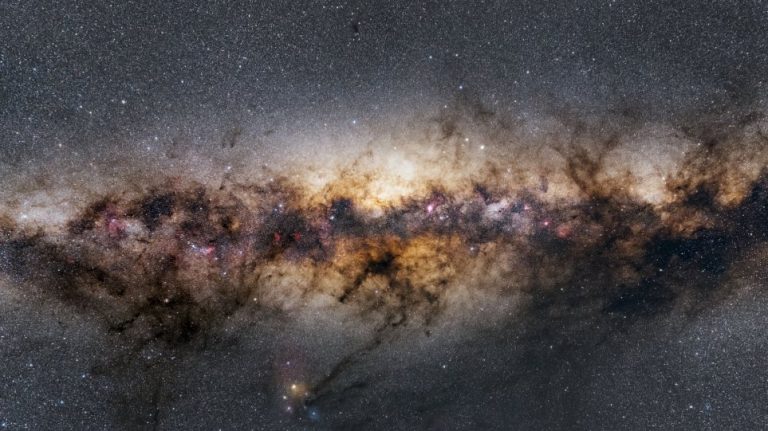Space is vast, but it may not be so lonely after all: A study finds the Milky Way is teeming with billions of planets that are about the size of Earth, orbit stars just like our sun, and exist in the Goldilocks zone — not too hot and not too cold for life.
Astronomers using NASA data have calculated for the first time that in our galaxy alone, there are at least 8.8 billion stars with Earth-size planets in the habitable temperature zone.
The study was published Monday in the journal Proceedings of the National Academy of Sciences.
For perspective, that’s more Earth-like planets than there are people on Earth.
As for what it says about the odds that there is life somewhere out there, it means “just in our Milky Way galaxy alone, that’s 8.8 billion throws of the biological dice,” said study co-author Geoff Marcy, a longtime planet hunter from the University of California at Berkeley.
Turkey’s recruitment of Syrian mercenaries to fight in Libya: Process & legal consequences
The next step, scientists say, is to look for atmospheres on these planets with powerful space telescopes that have yet to be launched. That would yield further clues to whether any of these planets do, in fact, harbor life.
The findings also raise a blaring question, Marcy said: If we aren’t alone, why is “there a deafening silence in our Milky Way galaxy from advanced civilizations?”
Read more: nbc
Ask me anything
Explore related questions





